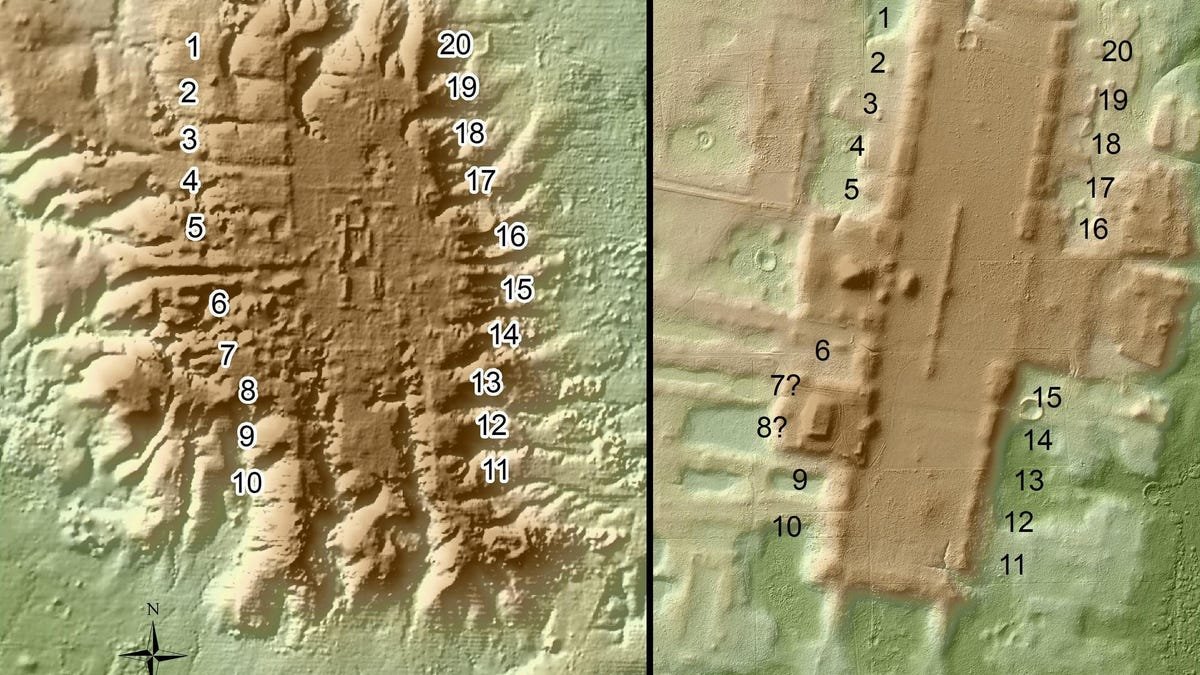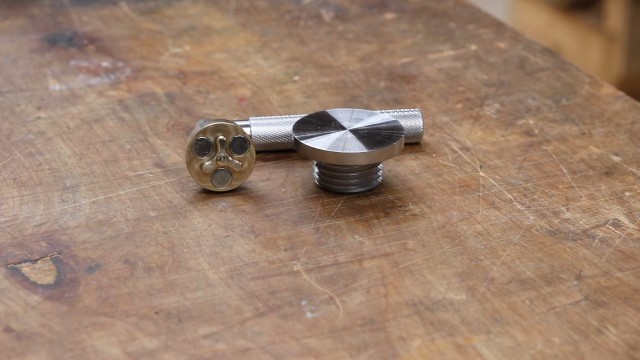NASA and the ESA solar orbiter can not yet be fully operational, but it did not stop the Sun probe to capture one of its first magnetically loaded plasma gushes from the corona of our most close. It is one of the first Tidbits daims of the spaceship after a long year of travel from the land in the sun, where scientists expect that it helped to answer persistent questions about the impact of solar activity on our planet.
The astronomical events go, the ejection of coronal mass (CME) is quite dramatic. Active points on the surface of the sun surface, with plasma sprays of the solar crown in space. This comes with a magnetic field, of course, and the resulting geomagnetic storm can actually affect the magnetosphere of the earth.
This is the cause of Aurora Borealis, alias the boreales, among other visual modifications, but the impact can be even more important elsewhere. Radio transmissions can be altered by aggravated magnetic concentrations, while high levels of flow can even damage the electrical infrastructures causing faults or satellites in orbit around the earth.
However, even more shock, however, the affect of the CMES could have on unprotected humans. While the atmosphere of the Earth acts as a buffer to stop serious physical changes, astronauts in space or those of the planets without the same atmospheric protection could be at risk of “spaces” changes.
Determine exactly what happens between the sun and the earth is one of the tasks in front of the solar orbiter. Launched at the beginning of 2020, it is intended to help identify some of the causes and impacts of CMEs and how they propagate through the solar system. The spaceship also returns the first shots of the sun, including high solar latitudes, sharing images of the polar regions for the first time.
First of all, however, all systems must be verified in advance on the solar orbit to fully list in November 2021. It was such a verification, in fact, that not only one but two unexpected clics have been recorded at quite close neighborhoods. On February 12, 2021, the Solar Orbiter Heliospheric Imager, the Extreme Ultraviolette and Coronographer Métis all recorded data on two eruptions during a single day.
This information was slow to return to Earth, in mind, because of the place where the spaceship was when the CMES took place. From the point of view of the earth, the solar orbiter just came out from behind the sun. His instruments have come just in time for the first CME, although the bandwidth has been so low that it is time for the full data cache to be transferred to the house.
While the extreme ultraviolet image and the Métis of ESA captured CME data before, it was the first time for the Solohi. Indeed, it would not have been possible, would not have been possible for the updates of the antennas on the earth. With connectivity improvements accordingly, the systems have gone from a little earlier than originally planned.
Nevertheless, this is a piece rather than the solar orbiter with its complete efficiency. The solohi was, for example, followed less than 15% of its normal cadence, the NASA attempt to prepare the amount of bandwidth required.



